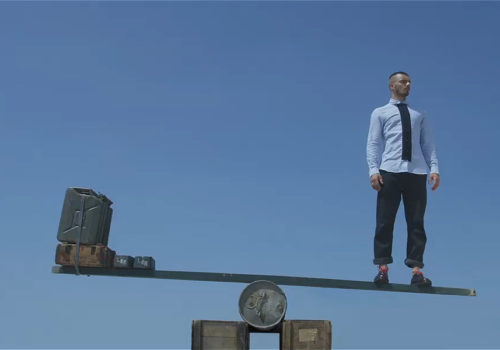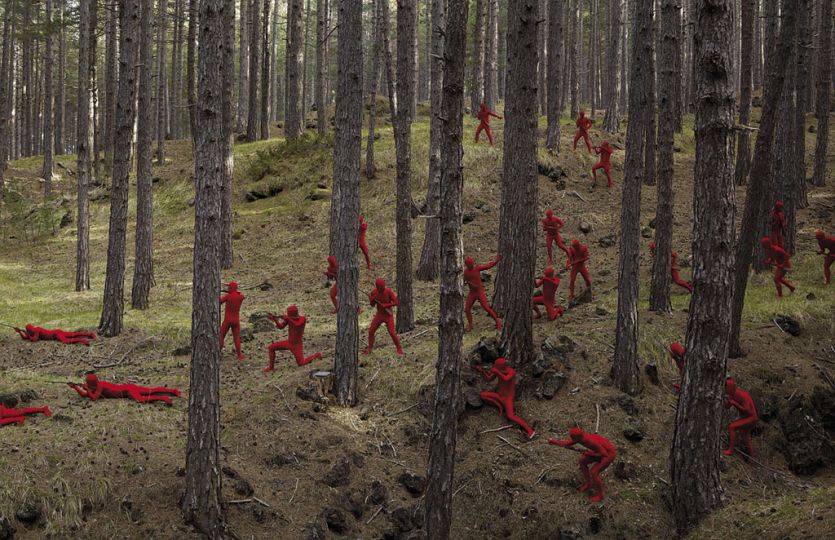SM: Where do your photo loops come from?
Jean-Yves Lemoigne: Like everyone else, I discovered GIFs about ten years ago, but back then it was more like animated design. Then cinemagraphs started appearing four or five years ago. Those are images where one element is animated and the rest remain fixed. GIF is a generic term for those little animated images, but it’s a kind of file. I wanted to free myself from the technical constraints of GIF files, so I found another name for them: photo loops.
Animated GIFs, loops, photo loops—the still image is moving. Does this represent a creative evolution for photography?
Over the past few years there has been a convergence of film and photography: film cameras shoot video, video cameras shoot film. The big change for me has been the ways in which they’re shared: iPads, screens at train stations. That’s become digital, too. These media open up new possibilities that we have to explore. The major difference is that there’s no editing. It’s a single shot. This approach to the moving image differs from the film narrative we’re familiar with. The spirit is closer to video art, it’s more experimental.
Why make loops and photographs from the same series?
The difference is more about having a hard copy as well as a digital version. There are also still concerns about video formats that can hinder the dissemination of the animated version. For the time being, the still image is easier to disseminate.
What is this new visual type a response to?
For now, I think it’s more about the possibilities, like a kind of laboratory, more than actual needs. Digital screens will continue spreading and getting better. But people have to commit to this direction. It’s surprising that, giving the number of iPads in the world, there still really isn’t an iPad-specific publication that has exploited all the possibilities that the technology offers. But’s it’s probably too difficult for media given the crisis.
Do photo loops have a future in the art world and the art market? Do you think we’ll see more of them at galleries and art fairs?
I’ve been paying a lot of attention to that. There were a few screens at Frieze in New York, and at Paris Photo. The Saatchi Gallery held a GIF contest, which was pretty disappointing… I think that this genre of work is going to bring together the worlds of photo and art video. I think that photography was, in its time, an artistic innovation and that the long chain of artistic innovations continues. I think it’s a great opportunity for photographers. Photographers like Man Ray and Irving Penn surely would have made wonderful things with these tools. Nick Knight set up the Show Studio and has a highly refreshing and innovative approach. Snapshot photography possesses an incredible power and simplicity thanks to the world’s oldest medium: paper. By going in this direction, we’re going more into the unknown, there’s no established circuit as there is for photography. It’s interesting to be on these new frontiers between photography and film. It’s very refreshing and it’s opening up many new possibilities.
Read the full article on the French version of L’Oeil.
Pour voir toute la série des photoloops : http://www.jeanyveslemoigne.com/photoloop/#/
Equilibre poutre
Equilibre Pneu
Equilibre chaise
http://www.jeanyveslemoigne.com
REPRESENTATION
CAROLE LAMBERT
http://www.carolelambert.com
CONTRIBUTEUR
Séverine Morel
[email protected]
http://blinks.photography

















